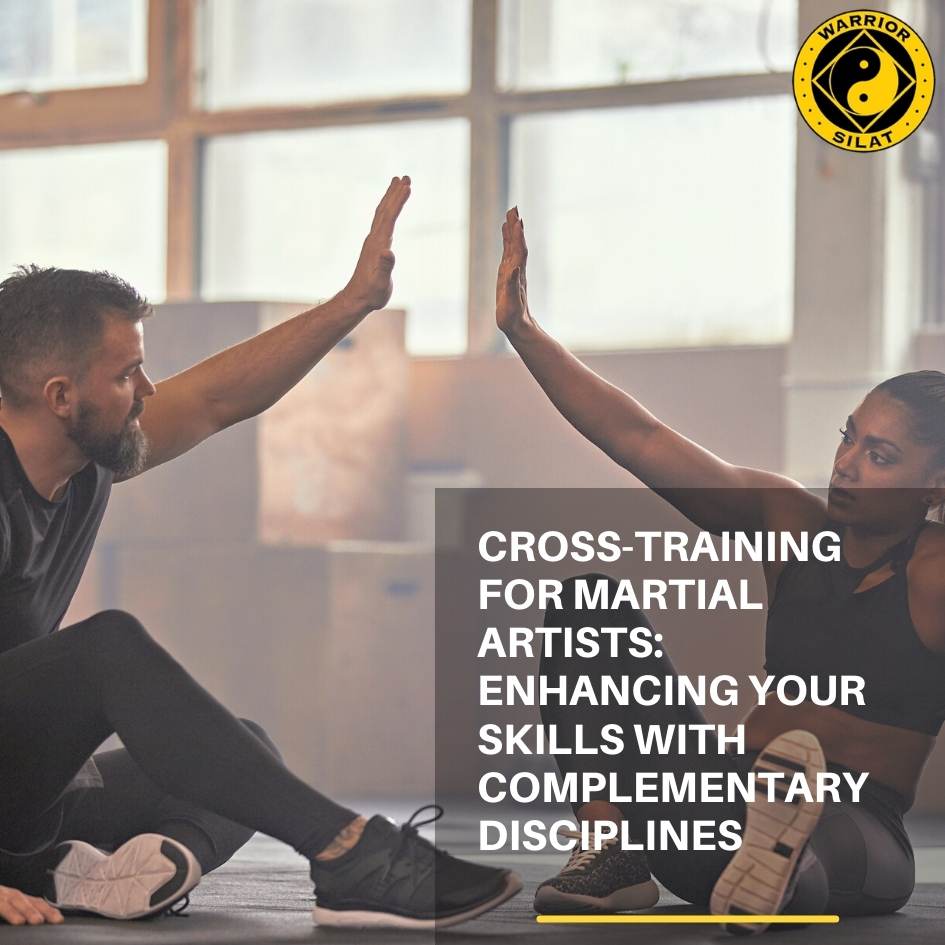
Cross-Training for Martial Artists: Enhancing Your Skills with Complementary Disciplines
A well-rounded martial artist is skilled in their primary discipline and adept at incorporating other martial arts styles or fitness routines to enhance overall performance. This article serves as a guide to cross-training martial artists, providing insights on how to integrate complementary disciplines into your training regimen.
Why Cross-Train?
Cross-training has numerous benefits for martial artists:
- Developing complementary skills: Training in different martial arts styles helps you develop a broader skillset and become a more versatile fighter.
- Problem-solving: Exposure to different fighting styles and techniques improves your ability to adapt and overcome challenges in combat.
- Reducing the risk of injury: Cross-training can help balance muscle development and reduce the risk of overuse injuries.
Popular Cross-Training Disciplines for Martial Artists
Here are some popular cross-training disciplines that martial artists can incorporate into their training regimen:
Muay Thai
As a striking-based martial art, Muay Thai uses punches, kicks, elbows, and knees to attack opponents. Incorporating Muay Thai into your training can help improve your striking skills and overall athleticism. Click here to learn more about the benefits of learning Muay Thai.
Brazilian Jiu-Jitsu (BJJ)
Brazilian Jiu-Jitsu is a grappling-based martial art emphasizing ground fighting, submissions, and joint locks. Training in BJJ can help you develop a strong ground game and improve your grappling skills.
Strength Training
Strength training is essential for any martial artist. Building strength through weightlifting, resistance training, or bodyweight exercises can significantly improve your performance, power, and resilience. Check out this article on how important diet is in martial arts to complement your strength training.
Tai Chi
Tai Chi is a Chinese martial art that focuses on slow, controlled movements and emphasizes balance, flexibility, and relaxation. Practicing Tai Chi can help improve your fluidity, body awareness, and mental focus.
High-Intensity Interval Training (HIIT)
High-Intensity Interval Training is a type of cardiovascular exercise that involves alternating between short periods of high-intensity activity and intervals of rest or low-intensity activity. Incorporating HIIT workouts into your training can improve your endurance, speed, and overall cardiovascular health.
Tips for Successful Cross-Training
- Set specific goals: Identify the areas you want to improve and choose complementary disciplines accordingly.
- Start slow: Gradually introduce new disciplines into your training to avoid burnout and injury.
- Listen to your body: Adjust your training intensity and volume based on your physical and mental state to ensure optimal recovery and performance.
In conclusion, cross-training is an effective way for martial artists to enhance their skills, improve their problem-solving abilities, and reduce the risk of injury. By incorporating disciplines like Muay Thai, BJJ, strength training, Tai Chi, and HIIT into your training regimen, you’ll become a more well-rounded and versatile martial artist.
Interested in trying out a new martial art or fitness routine? Sign up for a free martial arts class at our school!









